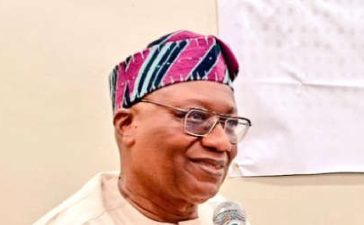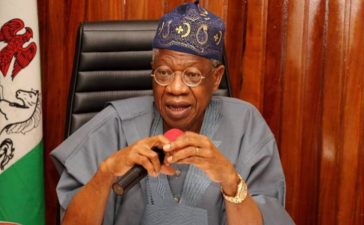China experienced a massive economic boom in the 1990s and 2000s which increased its demand for resource imports, like oil, from Africa. This led to a model of development finance in which China funded infrastructure in African countries in return for access to resources. This approach became known as the Angola model, because it all started with an infrastructure-for-petroleum partnership between China and Angola in 2004.
Within a decade, however, a shift in China’s approach was needed, for a couple of reasons.
First, African countries are vulnerable to shocks and they struggle to keep up with mounting debt repayments. For instance, in Angola’s case, the price of oil fell from a high of US$115 to below US$50 in mid-2014. More recently, the impact of COVID’s economic shutdowns and supply shocks around the war on Ukraine are taking a toll.
Second, China’s domestic needs are changing. In recent years, climate change and changing diets have put pressure on China’s domestic supply of food. This triggered interest in partnerships that could help. China is also moving away from being an exporter of heavy-industry and energy-intensive manufactured goods. Its focus is more on growth areas, such as higher value-added agriculture and manufacturing. Geopolitically, it also wants to support African development and its own food security.
Get news that’s free, independent and based on evidence.
Get newsletter
My study of these shifts reveals a changing relationship between China and Africa, moving beyond a focus on mainly oil and extractive commodities. The new focus is more on industrial production, job creation, investments that lead to African exports, and productivity-enhancing agricultural and digital technology opportunities.
This model, called the “Hunan model”, is named after the province in southern China that is leading the push. African bureaucrats, researchers, trade associations and businesses should understand what’s happening in Hunan. It’ll help them to grasp new opportunities and ensure that African companies are competitively placed.
What is the ‘Hunan model’?
The Hunan model aims to support the 2035 Vision for China–Africa Cooperation by pushing for:
- Medical cooperation
- Poverty reduction and agricultural development
- Trade
- Investment
- Digital innovation
- Green development
- Capacity building
- Cultural and people-to-people exchange
- Peace and security.
The delivery of those goals happens under the umbrella of the China-Africa Economic and Trade Expo and a pilot zone for in-depth China-Africa Economic and Trade Cooperation. Both are centred on Changsha, the capital of Hunan province.
Hunan province was chosen as the new frontier of China-Africa relations partly because many of China’s competitive industries are based there. They include major agri-tech companies, a leading Chinese electronic vehicle company (BYD Changsha), and manufacturing equipment and construction industry companies. Many of these companies have a presence in, and long-run strategy for, African markets.
China-Africa Economic and Trade Expo
The China-Africa Economic and Trade Expo has many activities and events hosted in big exhibition centres. This allows new business partnerships to be forged with speed and logistical ease. At a 2023 event with 10,000 Chinese and 1,700 foreign participants, it was reported that 120 projects, worth a total of US$10.3 billion, were signed. All 53 African countries with which China has diplomatic relations were present.






